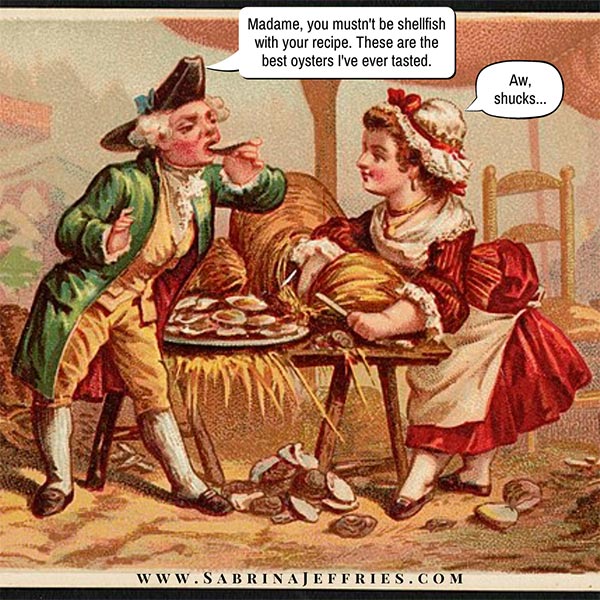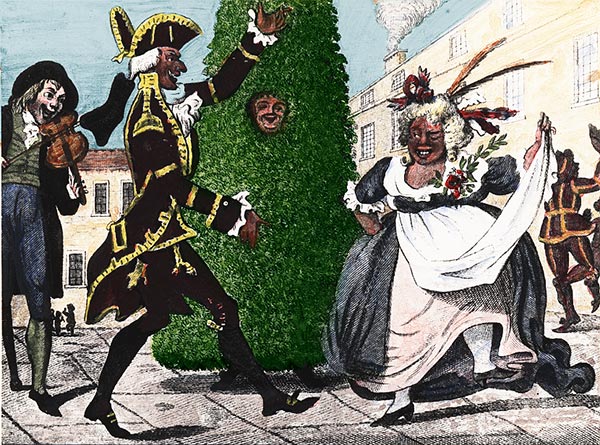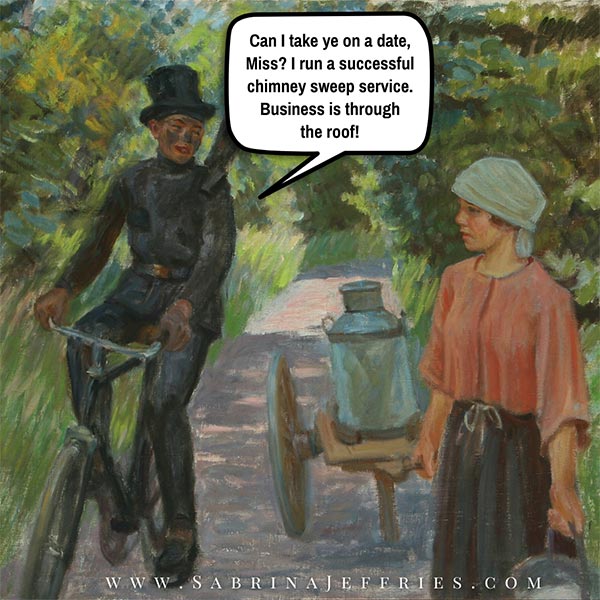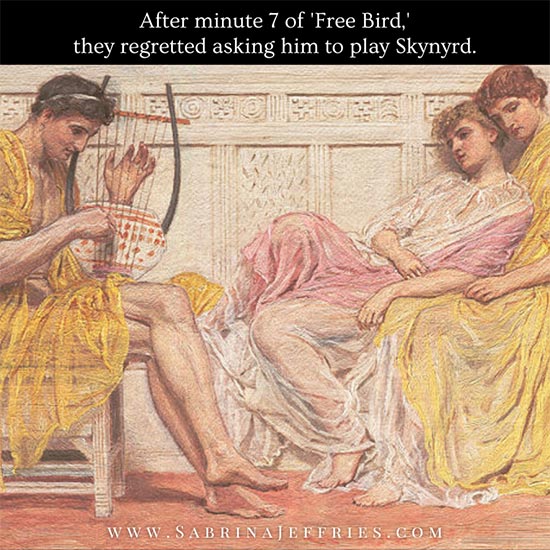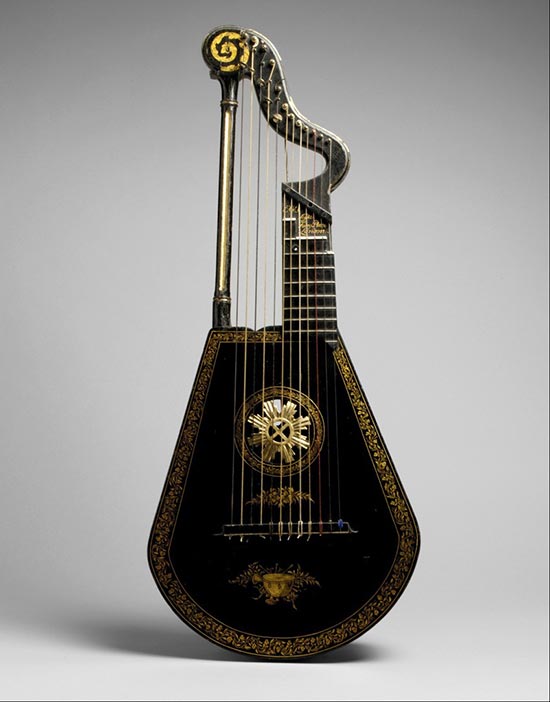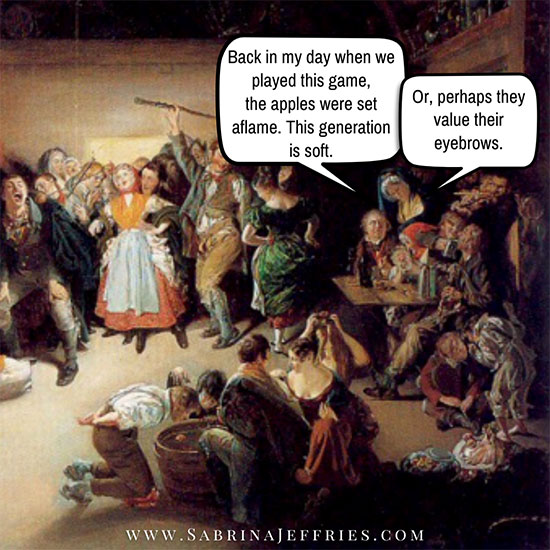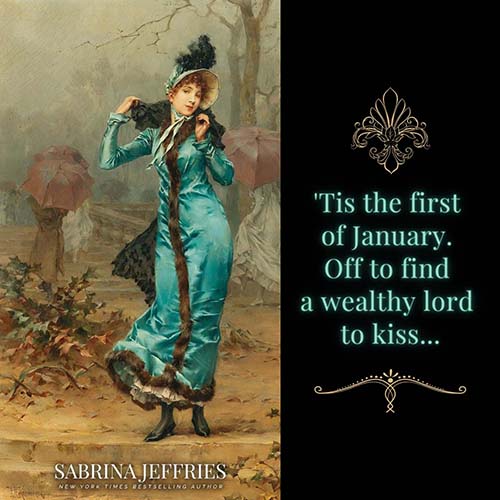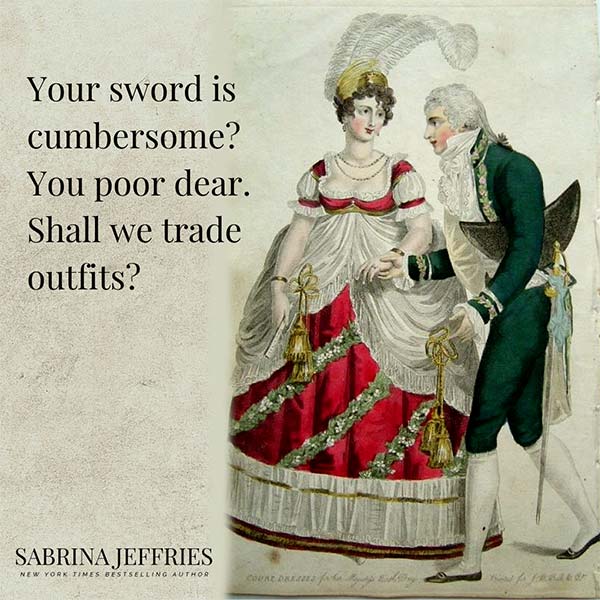New Orleans Creole
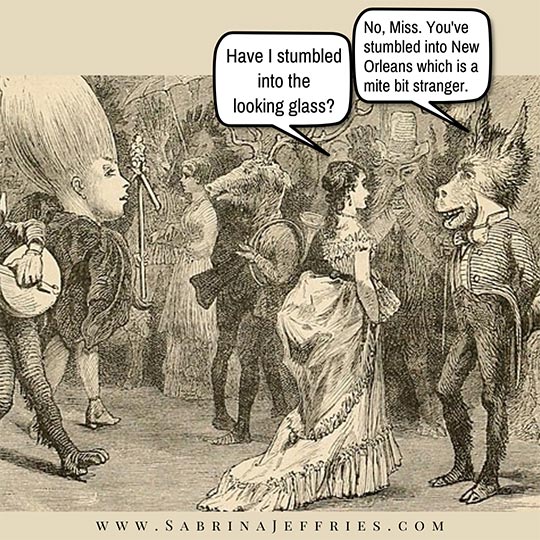
You may not know this but my husband is a New Orleans Creole, with his family going back more than two hundred years in Louisiana. One of his ancestors is Bernard de Marigny, who lived in New Orleans during our beloved Regency period in England. A wealthy Creole landowner, Bernard had so many offspring by his mistresses that he named a street “Good children” (Rue Des Bon Enfants, later changed to St. Claude). He also invented craps, the dice game, which is based largely on hazard, the British dice game, which he learned while spending time in England. But my husband has the only blue blood in our family, I’m afraid. I’m a mutt with Cajun, Irish, and English (or possibly Welsh) blood, and who knows what else!



